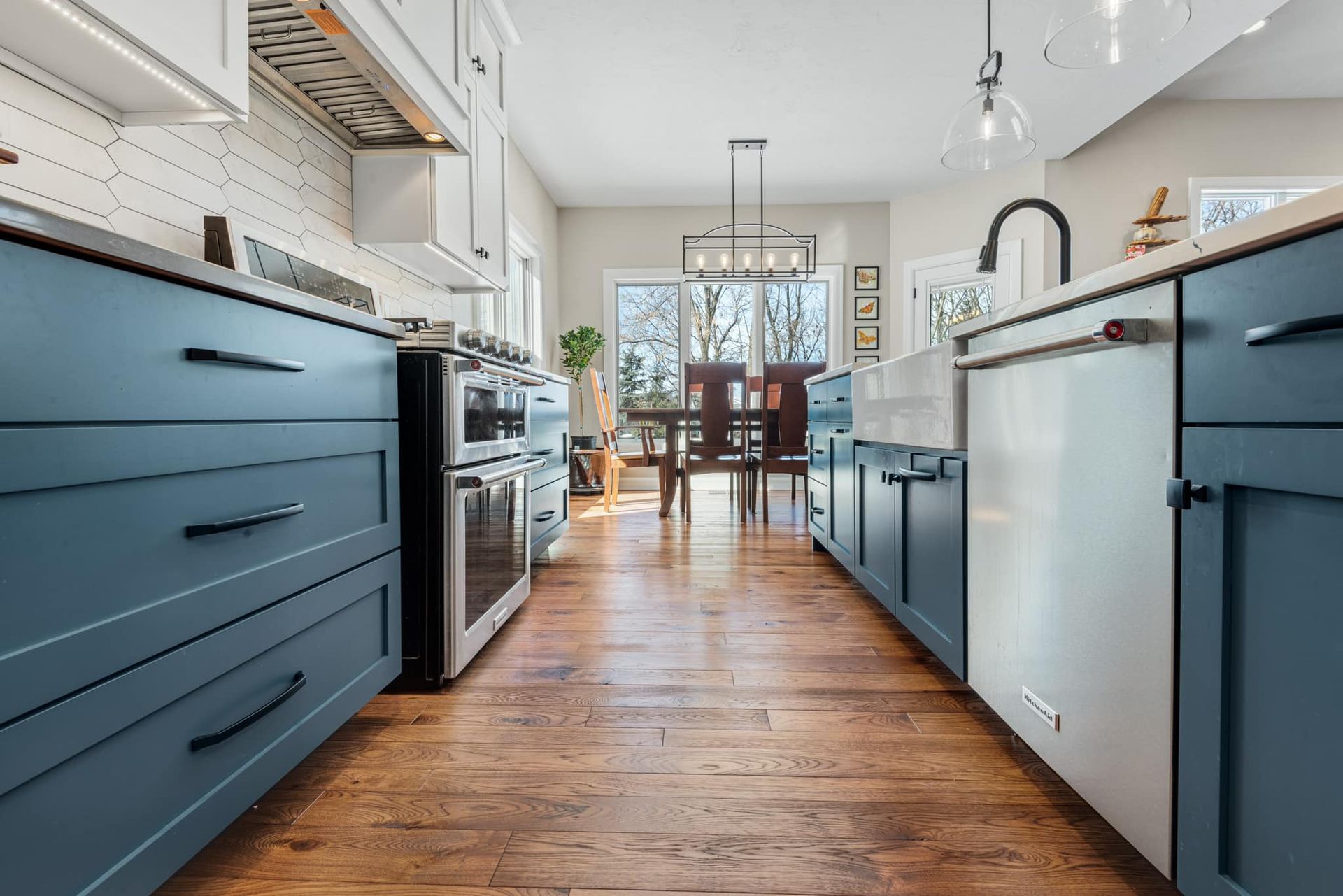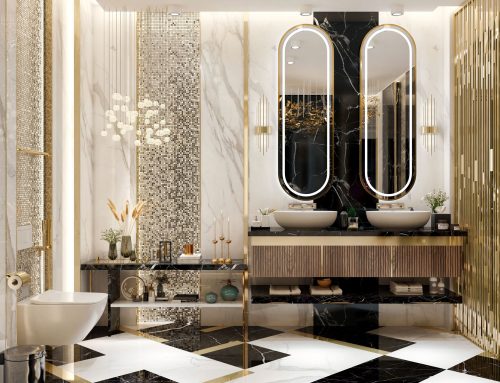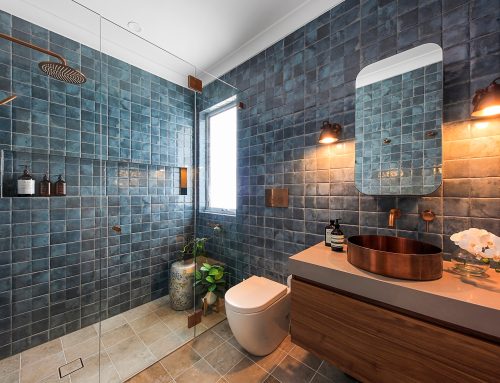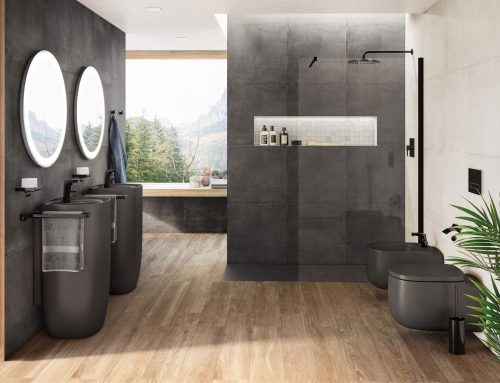Custom cabinetry offers homeowners the opportunity to create a kitchen that perfectly suits their needs, style, and space. Unlike stock or semi-custom options, custom cabinets are built to specific dimensions and designed to reflect personal preferences and unique requirements. Let’s delve into the advantages of custom cabinetry, key considerations, and detailed tips for designing and integrating custom cabinets into your kitchen renovation.
The Advantages of Custom Cabinetry
Custom cabinetry provides several significant benefits that make it an attractive choice for kitchen renovations:
- Personalization: Custom cabinets allow for complete personalization, from the overall layout to the smallest details. Homeowners can choose the materials, finishes, hardware, and design elements that best reflect their style and preferences.
- Optimal Space Utilization: Custom cabinets are designed to fit the exact dimensions of your kitchen, making the most efficient use of available space. This is particularly beneficial in kitchens with unusual layouts, small spaces, or specific storage needs.
- High-Quality Craftsmanship: Custom cabinets are often crafted by skilled artisans using high-quality materials and construction techniques. This results in superior durability and longevity compared to mass-produced options.
- Unique Design: With custom cabinetry, homeowners can create unique designs that stand out and add character to their kitchen. Whether it’s a specific wood grain, an intricate finish, or a distinctive hardware choice, custom cabinets offer endless design possibilities.
- Integration with Other Elements: Custom cabinets can be seamlessly integrated with other kitchen elements such as countertops, appliances, and lighting. This ensures a cohesive and harmonious overall design.
Key Considerations for Custom Cabinetry
When opting for custom cabinetry, several key considerations should guide your decision-making process:
- Budget: Custom cabinetry can be a significant investment, so it’s important to establish a clear budget early in the planning process. Consider the cost of materials, labor, and any additional features or customizations.
- Material Selection: The choice of materials has a major impact on the aesthetics, durability, and cost of custom cabinets. Common options include solid wood, plywood, MDF (medium-density fiberboard), and eco-friendly materials like bamboo or reclaimed wood.
- Design Style: Decide on a design style that complements your kitchen and overall home decor. Popular styles include traditional, modern, farmhouse, and transitional. Consider the door styles, finishes, and hardware that will best achieve your desired look.
- Functionality: Custom cabinets should not only look good but also function well. Think about your storage needs, workflow, and how you use your kitchen daily. Features like pull-out shelves, deep drawers, and built-in organizers can enhance functionality.
- Professional Collaboration: Work with a professional cabinet maker or designer who has experience with custom projects. Their expertise can help you navigate the design process, choose the right materials, and ensure high-quality construction.
- Sustainability: Consider sustainable practices and materials when designing custom cabinets. Look for eco-friendly options like FSC-certified wood, low-VOC finishes, and hardware made from recycled materials.
Designing Custom Cabinetry: Steps and Tips
To ensure a successful custom cabinetry project, follow these steps and tips:
- Assess Your Needs and Space: Begin by assessing your storage needs and the available space in your kitchen. Consider what items you need to store, how often you use them, and the best way to organize them.
- Choose a Layout: Determine the best layout for your custom cabinets. Popular kitchen layouts include U-shaped, L-shaped, galley, and open-plan designs. The layout should facilitate an efficient workflow and easy access to all areas.
- Select Materials and Finishes: Choose materials that match your aesthetic preferences and functional requirements. Solid wood offers a classic look and durability, while plywood and MDF are more cost-effective options. Select finishes and colors that complement your overall design scheme.
- Design Cabinet Features: Incorporate features that enhance functionality and convenience. This might include pull-out trays, lazy Susans, built-in spice racks, and drawer dividers. Custom cabinets can also be designed to accommodate specific appliances and accessories.
- Consider Lighting: Integrate lighting into your custom cabinetry design. Under-cabinet lighting, in-cabinet lighting, and accent lighting can improve visibility and add ambiance to your kitchen.
- Finalize the Design: Work with your cabinet maker or designer to finalize the design. Review detailed drawings and specifications to ensure everything meets your expectations. Make any necessary adjustments before construction begins.
- Installation: Professional installation is crucial for ensuring that custom cabinets fit perfectly and function properly. Experienced installers will handle the complex process of aligning, securing, and adjusting the cabinets.
Popular Custom Cabinet Styles
Custom cabinets come in a variety of styles to suit different design preferences:
- Shaker Style: Shaker cabinets are known for their simple, clean lines and timeless appeal. They feature a recessed panel door with minimal ornamentation, making them versatile and suitable for various design styles.
- Flat-Panel (Slab): Flat-panel cabinets have a sleek, modern look with smooth, flat doors and no frame. They are often used in contemporary and minimalist kitchen designs, offering a seamless and understated aesthetic.
- Inset Cabinets: Inset cabinets have doors and drawers that fit inside the cabinet frame, creating a flush, seamless appearance. This style requires precise craftsmanship and offers a classic, refined look, perfect for traditional and transitional kitchens.
- Beadboard: Beadboard cabinets feature vertical planks with a bead detail, adding texture and a cottage or farmhouse charm. They are often painted in light colors to enhance their rustic appeal, ideal for creating a cozy and inviting atmosphere.
- Glass-Front: Glass-front cabinets have doors with glass panels, allowing you to display dishware and decorative items. They can be used to create a sense of openness and showcase your personal style, adding a touch of elegance and sophistication to the kitchen.
Case Studies of Custom Cabinetry
Let’s explore some inspiring case studies showcasing the versatility and beauty of custom cabinetry:
- The Modern Minimalist Kitchen: This kitchen features custom flat-panel cabinets in a high-gloss white finish, paired with stainless steel hardware. The clean lines and minimalist design create a sleek and contemporary space, emphasizing simplicity and functionality.
- The Classic Shaker Kitchen: Shaker-style cabinets in a warm, natural wood finish are the centerpiece of this traditional kitchen. The design includes glass-front upper cabinets and custom-built pantry storage, combining timeless elegance with practical storage solutions.
- The Farmhouse Chic Kitchen: Beadboard cabinets painted in a soft, muted color give this kitchen a cozy, farmhouse feel. Custom features include a built-in wine rack and open shelving for easy access to everyday items, infusing the space with rustic charm and casual elegance.
- The Luxe Inset Kitchen: Inset cabinets with a rich, dark wood finish create a luxurious and sophisticated atmosphere in this kitchen. The design incorporates custom pull-out drawers, spice racks, and integrated lighting, maximizing storage and functionality without compromising on style.
- The Eclectic Display Kitchen: Custom cabinets with a mix of solid and glass-front doors add character to this eclectic kitchen. Reclaimed wood and colorful finishes make the space vibrant and unique, reflecting the homeowner’s eclectic taste and personality.
Conclusion
Custom cabinetry offers endless possibilities for creating a kitchen that is uniquely tailored to your needs, style, and space. The advantages of personalization, optimal space utilization, high-quality craftsmanship, and unique design make custom cabinets a worthwhile investment for any kitchen renovation project.
By carefully considering key factors such as budget, material selection, design style, functionality, and sustainability, you can create custom cabinets that enhance both the aesthetics and functionality of your kitchen. Collaborating with experienced professionals and incorporating thoughtful design elements will ensure that your custom cabinetry meets and exceeds your expectations, transforming your kitchen into a stylish and functional space that reflects your personal style and enhances your daily life.
A division of Ross Brothers Construction Click here to see all our completed projects




